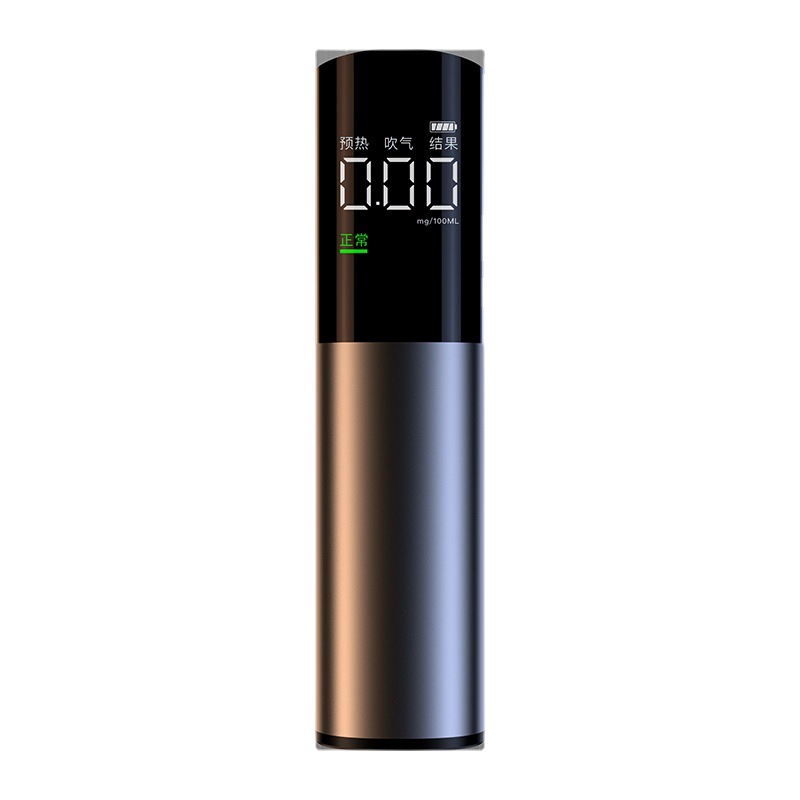- English
- Español
- Português
- русский
- Français
- 日本語
- Deutsch
- tiếng Việt
- Italiano
- Nederlands
- ภาษาไทย
- Polski
- 한국어
- Svenska
- magyar
- Malay
- বাংলা ভাষার
- Dansk
- Suomi
- हिन्दी
- Pilipino
- Türkçe
- Gaeilge
- العربية
- Indonesia
- Norsk
- تمل
- český
- ελληνικά
- український
- Javanese
- فارسی
- தமிழ்
- తెలుగు
- नेपाली
- Burmese
- български
- ລາວ
- Latine
- Қазақша
- Euskal
- Azərbaycan
- Slovenský jazyk
- Македонски
- Lietuvos
- Eesti Keel
- Română
- Slovenski
Are There Innovations and Advancements in Breath Tester Technology?
2025-02-10
The breath tester industry is experiencing rapid growth and innovation, driven by the need for accurate and reliable alcohol detection in various settings. With advancements in technology, increasing demand in law enforcement and workplace safety, and potential new clinical applications, the future of breath tester technology looks promising.

Breath testers are becoming more sophisticated, incorporating advanced sensors and algorithms to improve accuracy and reliability. For instance, some models now utilize fuel cell sensors, which are highly sensitive and specific to alcohol, providing more accurate readings than older technologies. Additionally, breath testers are incorporating features such as Bluetooth connectivity for remote monitoring and data analysis, as well as user-friendly interfaces for ease of use.
Increasing Demand in Law Enforcement: Random breath testing (RBT) has been a cornerstone of law enforcement efforts to reduce alcohol-related crashes and fatalities. As such, there is a growing demand for reliable and efficient breath testers that can be deployed quickly and easily in various locations. Governments and law enforcement agencies are investing in breath tester technology to ensure the safety of roads and communities.
Workplace Safety Applications: Breath testers are also finding applications in workplace safety, particularly in industries where alcohol consumption can impair job performance or lead to safety hazards. Employers are increasingly using breath testers to screen employees for alcohol impairment before allowing them to operate machinery or handle sensitive tasks. This helps to maintain a safe and productive work environment.
Advancements in Clinical Applications: In the healthcare field, breath testers are being used to detect alcohol consumption and monitor treatment progress for patients with alcohol use disorders. Researchers are also exploring the potential of breath testers to detect other biomarkers, such as volatile organic compounds (VOCs) associated with various diseases, which could lead to new clinical applications for this technology.
Regulatory and Standardization Efforts: As the industry grows, there is a need for regulatory frameworks and standards to ensure the accuracy, reliability, and safety of breath testers. Governments and industry organizations are working together to develop and implement these standards, which will help to drive innovation and improve the overall quality of breath tester technology.



